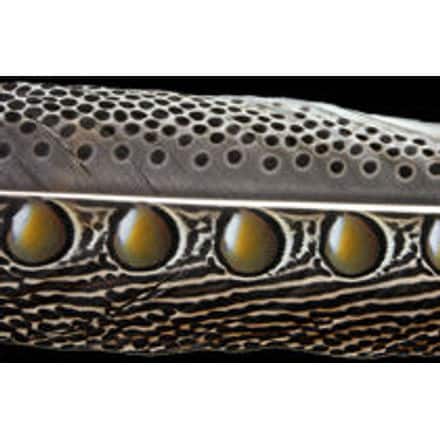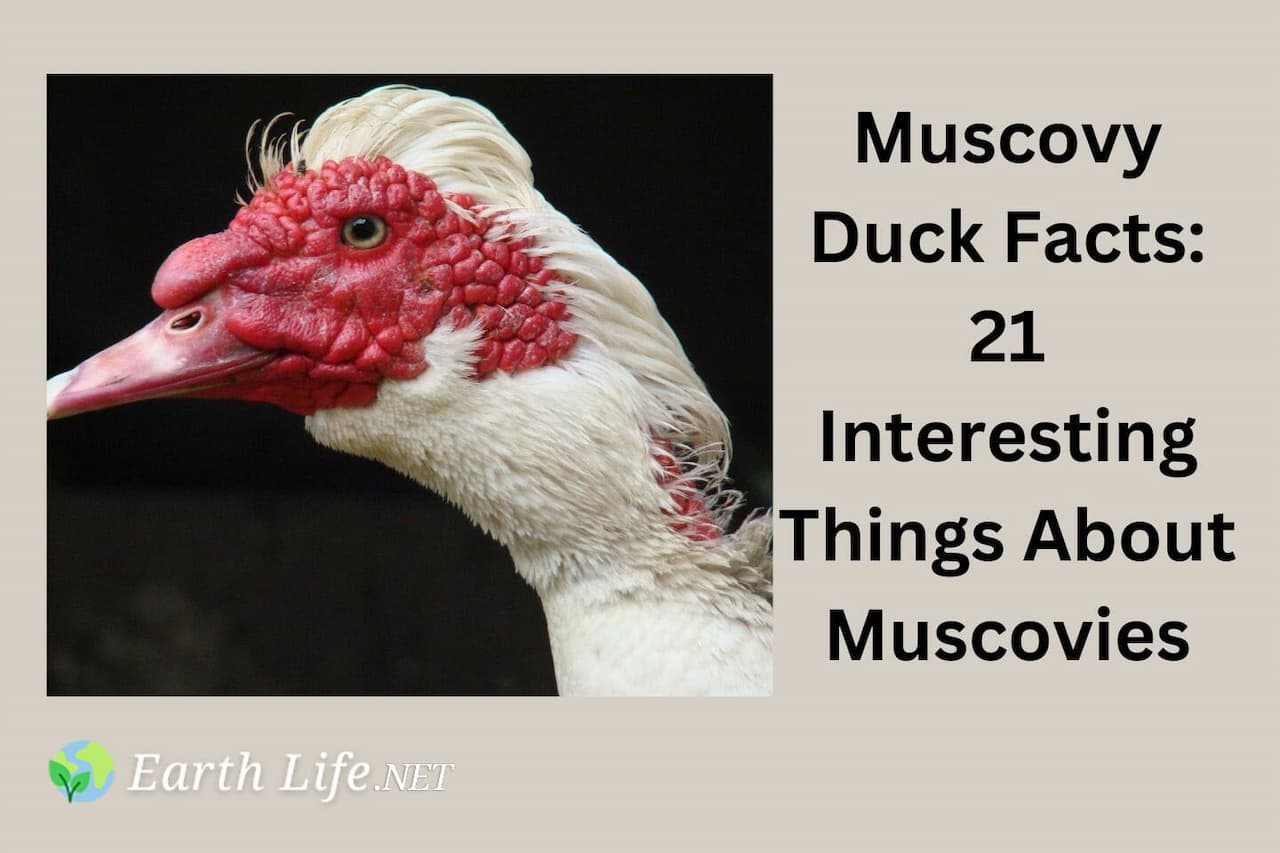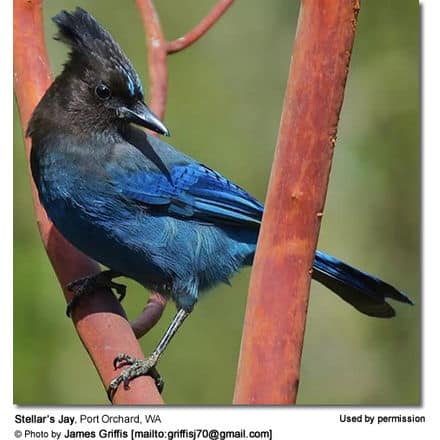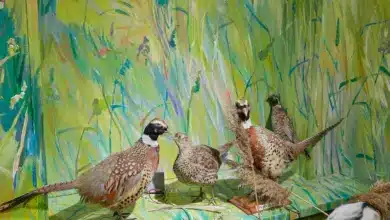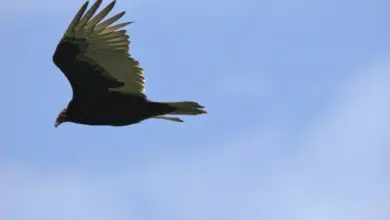Argus Pheasants
The Argus Pheasants is closely related to pheasants and peacocks. This spectacular species comes from Southeast Asia, naturally occurring in the Malay Peninsula, Sumatra and Borneo. Their preferred habitats are forest areas, from sea level to 4,000 feet.
Species Information
There are two genera of birds that are considered Arguses: Rheinartia and Argusianus. Within these genera, there are two recognized species each with two subspecies. There is a mysterious second species that is sometimes thought to have gone extinct, but most likely is based on a simple aberration.
- Crested Argus (genus Rheinartia)
- Crested Argus Pheasant (R. ocellata)
- Great Argus (genus Argusianus)
- Great Argus Pheasant (A. argus)
Description
The argus pheasants has long tail feathers and beautifully ornate eye-like designs on the ends of them. The male argus can reach as much as three feet in length.
Though the argus pheasant is not as colorful as its relatives – the peacock and the peacock pheasant – it is still a striking pheasant.
This bird prefers to associate only with their own family. They are not very social outside their family group unless they are performing the mating ritual.
Other Related Web Links: Pheasant General Information … Pheasant Species … Pheasant Taxonomy … Breeding Pheasants … Pheasant Photo Gallery … Housing Pheasants … Pheasant Diseases … Peacock Information … Peafowl Species List
Breeding
The calm and gentle Argus is rare in aviculture. They have wonderful personalities and are not difficult to keep or raise. They do need heat in the winter, which makes them an expensive species to keep in colder climates.
These pheasants reach full adult plumage in their third year.
The male’s display is quite extraordinary, involving the very long wing coverts as well as the tail.
The female lays on average only two eggs, which she incubates for 24-25 days. The hens are very devoted to the care of their young. Both the male and the female take part in raising their young.
Double-clutching or even triple-clutching can be achieved by incubating and hand-raising chicks. Breeders recommend allowing the hen to raise the last clutch. It is not recommended to allow her to lay more than three clutches a season, as this would physically exhaust her and she may not lay eggs for another couple of years.
Hand-raised chicks are raised in a brooder and fed chick starters and mealworms. They grow fast and are very friendly.
Diet
They need a varied diet consisting of:
- Greens, turkey pellets, mealworms, and raw peanuts are an appreciated treat that many argus pheasants may eat right out of your hand.
- Avianweb Note: Peanuts are a valuable source of protein — however, peanuts are often contaminated with aflatoxin, a fungal toxin. Aflatoxin is carcinogenic and causes liver damage in birds and other animals. Roasting reduces aflatoxin but does not eliminate it entirely. North American peanut producers are currently working on eliminating contaminated peanuts from their products. Caution is advised when feeding peanuts. Some bird owners, opting to be on the safe side, are eliminating peanuts from their pets’ diets. At the very least, do not offer any peanuts with dark spots on them.
- Fruits, such as apples, oranges, and raisins.
- *Please note: When feeding pellets, please be aware of the fact that overly feeding citrus fruits (including oranges) to your birds can lead to “Iron Overload Disease.”
Call / Song
The argus pheasant has one of the loudest calls of all birds. This call helps to ward off enemies as well as locate family members gone astray. The Male makes explosive, clear, double note kow wow often in response to a tree fall or the calls of other males.
Another call, made by both males and females, consists of a series of 10 or more clear wow notes on the same pitch, rising and speeding up slightly at the end.

